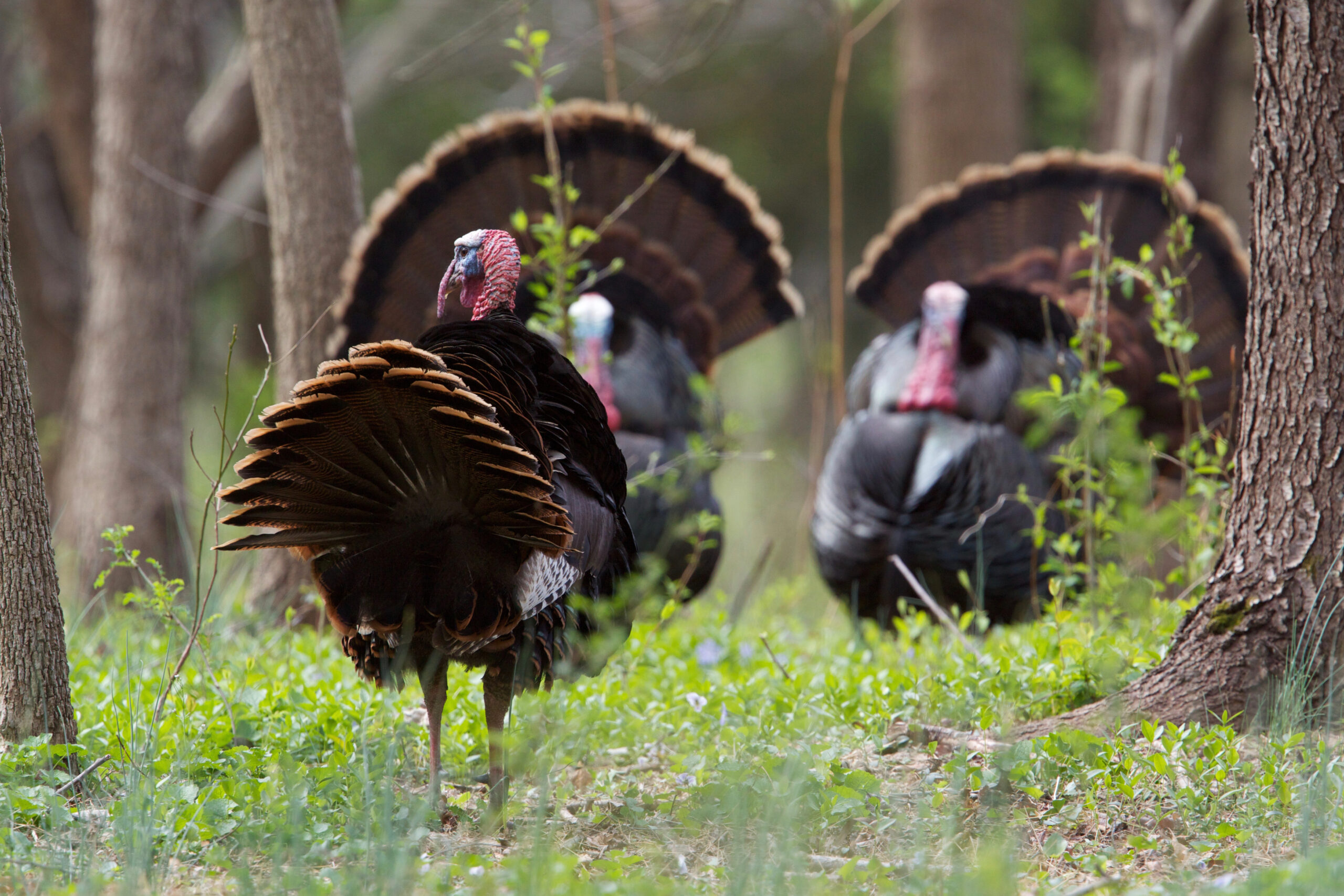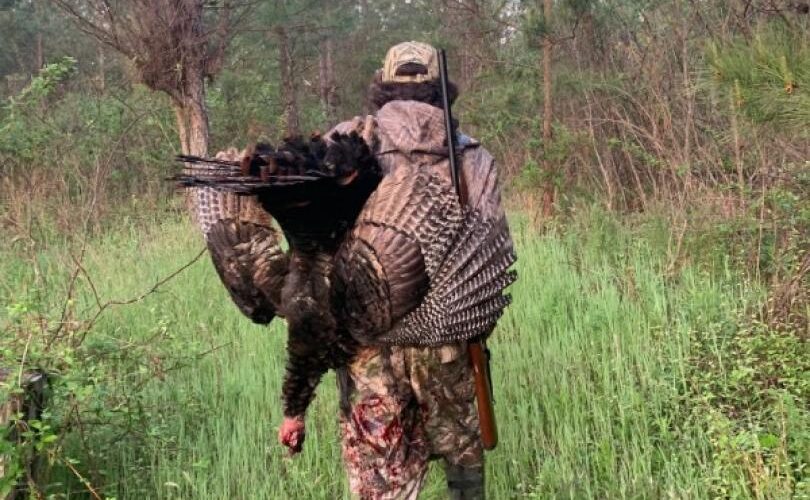Tactics
National Deer Association’s 5 Top Tips for Late-Season Deer Hunting
December 17, 2025 •iSportsman Staff
September 16, 2024
You still have a turkey tag left attached to your license, or even worse, you haven’t filled one yet. Don’t panic…yet. Whether your turkey hunting season is still measured in weeks or days, you can do this. You just need a little luck and possibly may want to switch up a tactic or two. Try out these expert turkey hunting tips the next time you’re out there.
By the end of the season, mating activity is winding down, some of the local toms have likely been tagged and gobbles are getting rare. In fact, some days you may head out and not hear a thing. Few if any toms will gobble once they are on the ground. For that reason alone, my first of many turkey hunting tips is that you want to be at your hunting spot a half hour before sunrise. That’s the best chance you will have to pinpoint a bird gobbling.
If you hunt public land or a shared lease or club land, that will also ensure you may be the first one to a tom before some of your fellow hunters.
This late in the turkey hunting season, a tom is apt to only gobble a few times from the roost, so get close to his location quickly — before he flies down. The woods are good and leafed out by this time of year. Depending on cover, you should be able to get close to the tom’s roost. Get in tight, set up, offer a few soft calls and be patient. Any luck, he’ll come check you out after he flies down as odds greatest at this time of season that he won’t be with any hens.

Change your turkey hunting tactics and you might still tote a turkey back to camp in your vest.
Most hunters stick to the basics throughout a season — box calls, pot calls and mouth calls. They are the most common and often the easiest calls to learn. Listen to enough of them though and they all seem to kick out the same basic tones and pitches, especially when a hunter continues to call hunt in and hunt out using the same cadence and sounds.
Change it up and go with something out of the norm like a tube call or a wing bone yelper. A tube call isn’t that much harder to learn than a diaphragm and for the hunter skilled with one, it’s a good bet, you will be one of the few guys at your club or on the tract of public land you hunt that uses one.
Not optimistic about learning a new caller midseason, switch up boxes or diaphragms as well as the cadence of your calling. Too many hunters fall into the same rote rhythm and pitch just scratching out the same yelp, yelp, yelp every time they call. If a hunter pressures the same bird too much, he’ll pick up on that and walk away.
Wet weather drives turkeys into open fields, which makes them easier to spot and easier to sneak closer to. Dripping woods spook them with all the motion and noise. It makes it harder for turkeys to detect danger. So, they head for the open where they can dry off and see anything approaching.
If toms aren’t gobbling late in the season, then I can at least get my eyes on them when they come to a field or food plot on a rainy day and plan an ambush. Watch which way they are feeding or strutting and set up along their path at the edge of the woods. Then just wait them out.
Unfortunately, late season is not necessarily the most exciting time to turkey hunt, but it can still be productive. It just takes a different mindset. Key to this new mindset is taking a deer hunter’s approach. Set up in a likely travel corridor or loafing area for turkeys. Call sparsely and wait for a tom to show up for a shot. Look for spots where leaves have been scratched up indicating turkeys like to feed there or set up along field edges or plots littered with turkey tracks, droppings or dusting bowls.
Be patient and throw out the occasional yelp every 15 to 20 minutes. Scratch in the leaves to mimic a turkey walking and feeding, and stay alert. A gobbler may well just slip in on you without ever making a peep.
Want to up your odds, especially on birds that have become call shy after being pressured all season? Try setting up a jake decoy with a hen, Fort Belvoir Natural Resource Manager Kevin Walter’s go-to decoy setup. I like to put the hen right down on the ground like she is squatting for the jake to breed her. Then put him just a foot or two behind her and facing her like he’s about to mount.
Photographer Buzz Hayes and I tried this on a bird that never seemed to come to calls this year. I just set the decoys along a field edge where we knew the gobbler would likely step out and see them after fly-down. I called once softly to another bird in the distance, but after that, shut up and simply waited. Hayes pulled the trigger about 30 minutes after the tom flew down. Sure, it was early season, but this play will likely work even better late in the season when hens ready to breed are in shorter supply than those toms you’re trying to catch gobble.
